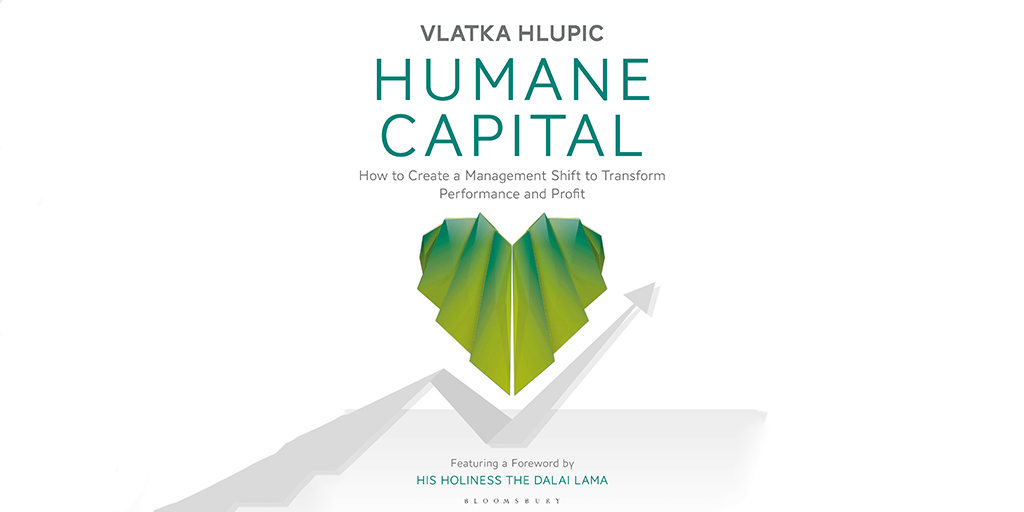In a ground-breaking new work, Vlatka Hlupic describes in detail the latest findings on the dynamics of high performing organizations
When discussing the most successful firms, there is still a tendency to concentrate on results and achievements, sometimes attributing success to a breakthrough technology or a charismatic founder. The actual dynamics of the high-energy, high-performing organization can be hidden. This can be a source of frustration for managers and those advising them; while certain interventions are known to be more effective than others, learning has been piecemeal and anecdotal. In particular, policies for rewarding and motivating people are often developed separately from business strategy.
For over 20 years, my research work has been dedicated to creating a deeper understanding of the dynamics involved, integrating all the elements of high performance. It has covered hundreds of organizations, internationally, in all sectors. The result is a sophisticated yet practical system that can be used to analyse the higher and lower performing elements of a business, understand the underlying reasons, and put in place strategies for improvement.
In my 2014 book The Management Shift, I described five levels that relate to employee engagement and organizational culture; from Level 1, a toxic, fear-based working environment, to Level 5, passionate and unbounded. A particularly significant shift occurs when elevating teams from Level 3 – orderly, command and control; to Level 4, featuring high levels of engagement and innovation.
This was linked to a strategic tool, the 6 Box Leadership Diagnostic, which ensures that three dimensions of people management – culture, relationships, individuals – are aligned with three dimensions of process – strategy, systems and resources. Without focus, purpose and resources, high engagement is insufficient, and will not be sustained.
The Management Shift approach has now been used by dozens of employers to improve performance, and in many cases, the results are transformational, lifting the organization from sub-par to excellence, unleashing entrepreneurial zeal and, in some cases, being credited with saving or reviving a company under threat. Some of the most inspirational stories are showcased in my new publication, Humane Capital, featuring in-depth interviews with 58 of the most successful business and organizational leaders.
Every organization is in a unique situation, and each has its own culture and challenges. In practice, senior managers and their advisers cannot improve everything simultaneously; they have to prioritize. A fast-growing entrepreneurial firm will have different challenges than a mature corporation or public sector body.
Eight pillars for leveraging Humane Capital were identified in the research, and the context will determine which are the ones to prioritize. The eight are: Mindset, Motivation, Purpose, Values, Alignment, Self-Organization, Caring Ethos and Learning Organization. To help select, I have developed a branded board game, which provides an engaging but very serious tool to help managers select the right strategy. It is contextualized into four sectors: corporate, SME/entrepreneurial, public sector and non-profit.
Together, the techniques and strategies developed in the course of this research have been aimed at demystifying strong organizational culture and performance, presenting practical tools for improvement. In one interview for Humane Capital, I learned about how the US management consultancy Brand Velocity transformed itself from a Level 3 culture to Level 4. Founder Jack Bergstrand observed:
‘As a company, we became much more collaborative, [and we] institutionalized a unique compensation and rewards practice, created a work environment with greater personal freedom, and implemented specific collaboration tools.’
The company’s growth improved markedly, and it was recognized by Consultingmagazine as a ‘consulting jewel’.
The rewards of ultra-high levels of engagement and organizational performance have always been evident, but the best examples have been difficult to imitate. Increasingly, however, the research base has demystified the causes, creating options for transformation and growth.
Humane Capital, by Professor Vlatka Hlupic is published by Bloomsbury Press, October 2018. The Management Shift Consulting Ltd has been set up to advise employers making the shift. For more on Professor Hlupic’s work, go to themanagementshift.com

